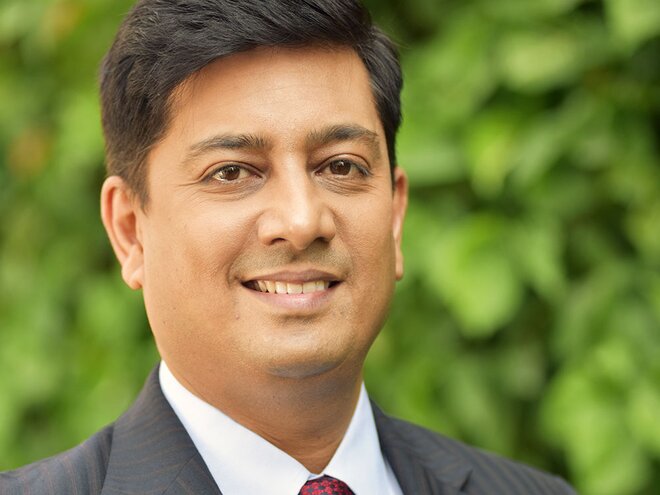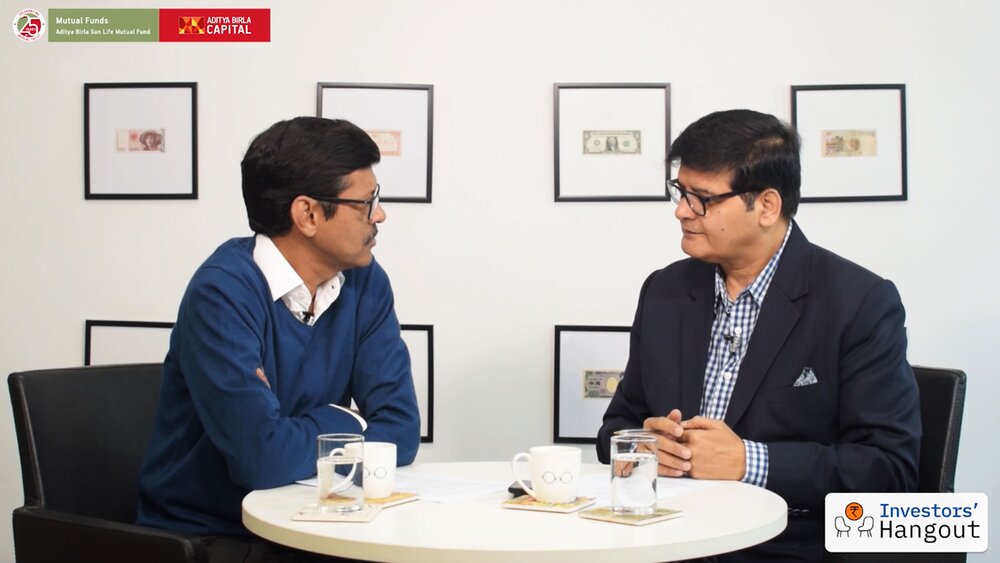
Value Research Stock Advisor has just released a new stock recommendation. You can click here to learn more about this premium service, and get immediate access to the live recommendations, plus new ones as soon as they are issued.
Over the past year, Kotak Mutual Fund's equity schemes have been among the best performers in their respective categories. Kotak Standard Multicap Fund, which manages a mammoth Rs 29,000 crore of assets, highlights how the fund house has won investor trust. We speak to Harsha Upadhyaya, CIO - Equity, Kotak Mutual Fund, about the reasons for his funds' success. He also talks about the current valuations of Indian equities, recovery in mid and small caps, and his favourite sectors and themes.
The equity markets have done fairly well this year, but the economy has not. What's your view on the valuations of Indian equities?
Most of the recent high-frequency data points have been suggesting a continuing sluggish economy. However, large-cap indices, such as Nifty and Sensex, have been trading near all-time highs. This sort of dichotomy between the economy and the stock market is baffling investors and financial advisors. However, if you look deeper, the ill-effect of a slowing economy is evident in the mid- and small-cap basket. While the mid-cap index is more than 20 per cent below its earlier high, the small-cap index is over 40 per cent below its earlier peak.
As we look back, the current market cycle started in late 2013 as optimism of the first NDA win gained momentum, thereby propelling mid and small caps to a wide outperformance over large caps. The sell-off since January 2018 ensured that this outperformance has disappeared completely. Mid caps have now underperformed large caps by over 30 per cent over the last two years. Today, the valuation discount of mid caps versus large caps is close to its decadal highs.
Year 2019 has turned out to be exceptionally good for your equity funds. Most of your diversified equity schemes figure in the top quartile of their categories and are comfortably ahead of the indices. What has worked so well?
Despite volatile market conditions and ever-changing sentiments, we have always stuck to our discipline of investing in good businesses backed by strong managements and available at reasonable valuations. The investment focus has always remained long-term, with a relatively low portfolio turnover. We generally avoid short-term and event-dependent tactical investments. These simple rules have enabled us to register outperformance across most categories through both sector allocation as well as stock selection.
In recent years, your funds have exhibited the ability to contain downside better in tough market conditions. Is there a conscious effort that goes into managing the downside?
Our focus has always been on margin of safety for each of our investments. We avoid getting swayed by market movements and sentiments. We have always believed that portfolio performance is equally, if not more, impacted by what you don't own as much as what you hold in portfolio. We consciously reduced our exposure to NBFCs, auto and durable sectors as we noticed a lack of margin of safety well before the market started to recognise the underlying risk in these areas. We also booked profit in the expensive mid/small-cap segment well before the peak of 2018, after which significant underperformance started to play out.
In most of your diversified equity funds, the number of stock holdings has hovered around 50-55. As a fund house, do you have any guidelines around diversification? What are your views on an ideal portfolio construct?
Yes, it is by design. Diversification is an essential part of our risk-mitigation process. The benefit of diversification is to minimise the risk of an unforeseen event adversely impacting the entire portfolio. Except in funds where concentration is mandated, for example, Kotak Focused Equity, we always maintain adequate diversification in all our portfolios. In most funds, we hold up to 60 stocks under all circumstances.
Kotak Tax Saver Fund has emerged among the better performers in its category. What's your approach to decide the spread between large caps and smaller companies?
In Kotak Tax Saver, we follow a multi-cap strategy with a predominant large-cap tilt. Currently, around 40 per cent of the corpus is invested in mid and small caps. This proportion has consistently increased in the recent few quarters, given the relative valuation attractiveness of this segment over that of the large caps. Apart from relative valuation, we also evaluate relative growth, liquidity and risks in each segment and build the portfolio.
What role do benchmark allocations play in your portfolio construction?
At Kotak Mutual Fund, we neither hug the respective benchmarks nor ignore them. Our investment style is more of a 'benchmark-aware' nature, which provides ample room for high-conviction bets within and outside the respective benchmarks, if need be. Our active bets are always fundamentally driven and research-backed, rather than being event-specific.
Which pockets in the market look particularly attractive to you?
We continue to focus on domestic-economy-recovery plays led by the investment cycle. We like domestic cyclicals with a high operating leverage. We remain overweight on capital goods and cement sectors. We expect government spending to come back in infrastructure creation. Profitability improvement is going to be much stronger once demand picks up on a sustainable basis.
On the relative attractiveness of various capitalisation baskets, we believe that it is time for increasing allocation to the mid- and small-cap segment, given relative valuation comfort of this basket over large caps. While volatility may remain high, we are quite optimistic of equity returns over the next year and beyond.








